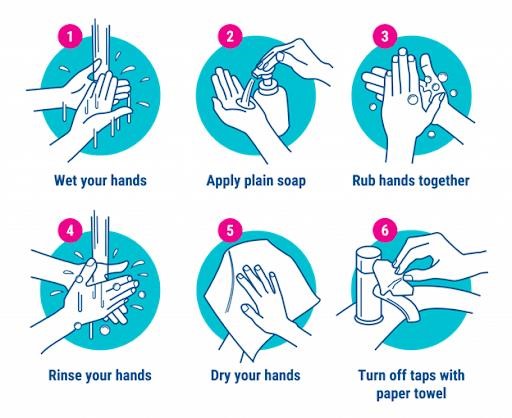A nurse is caring for a female client who has bulimia nervosa and reports frequent self-induced vomiting. Which of the following findings should the nurse expect?
Lower than normal expected reference range of body weight
Amenorrhea
Hyperkalemia
Dental decay
The Correct Answer is D
A. Clients with bulimia nervosa may have a normal or above-normal body weight, as bulimia nervosa is characterized by episodes of binge eating followed by compensatory behaviors such as vomiting or excessive exercise.
B. Amenorrhea, or the absence of menstruation, is more commonly associated with anorexia nervosa rather than bulimia nervosa.
C. Hyperkalemia, or high levels of potassium in the blood, is not a common finding in clients with bulimia nervosa.
D. Frequent self-induced vomiting can lead to dental erosion and decay due to exposure of the teeth to stomach acid.
Nursing Test Bank
Naxlex Comprehensive Predictor Exams
Related Questions
Correct Answer is C
Explanation
A. While infertility can be a side effect of radiation therapy, it is not the most likely side effect for a client receiving radiation to the neck for laryngeal cancer.
B. Diarrhea is not a common side effect of radiation therapy to the neck.
C. Dysphagia, or difficulty swallowing, is a common side effect of radiation therapy to the neck, especially when the radiation affects the throat or esophagus.
D. Dyspnea, or difficulty breathing, is not a common side effect of radiation therapy to the neck, although it may occur if the radiation affects the lungs.
Correct Answer is D
Explanation

A. Rubbing hands and arms to dry is not a step in the hand hygiene process. After washing, the hands should be dried thoroughly with a clean towel or air dryer.
B. Adjusting the water temperature to feel hot is not necessary for effective hand hygiene. The water should be warm, but not hot, to avoid skin damage.
C. Holding the hands higher than the elbows is not a step in the hand hygiene process.
D. Applying 4 to 5 mL of liquid soap to the hands is the correct amount of soap to use for effective hand hygiene. The soap should be rubbed onto the hands and wrists for at least 20 seconds before rinsing thoroughly with water.
Whether you are a student looking to ace your exams or a practicing nurse seeking to enhance your expertise , our nursing education contents will empower you with the confidence and competence to make a difference in the lives of patients and become a respected leader in the healthcare field.
Visit Naxlex, invest in your future and unlock endless possibilities with our unparalleled nursing education contents today
Report Wrong Answer on the Current Question
Do you disagree with the answer? If yes, what is your expected answer? Explain.
Kindly be descriptive with the issue you are facing.
